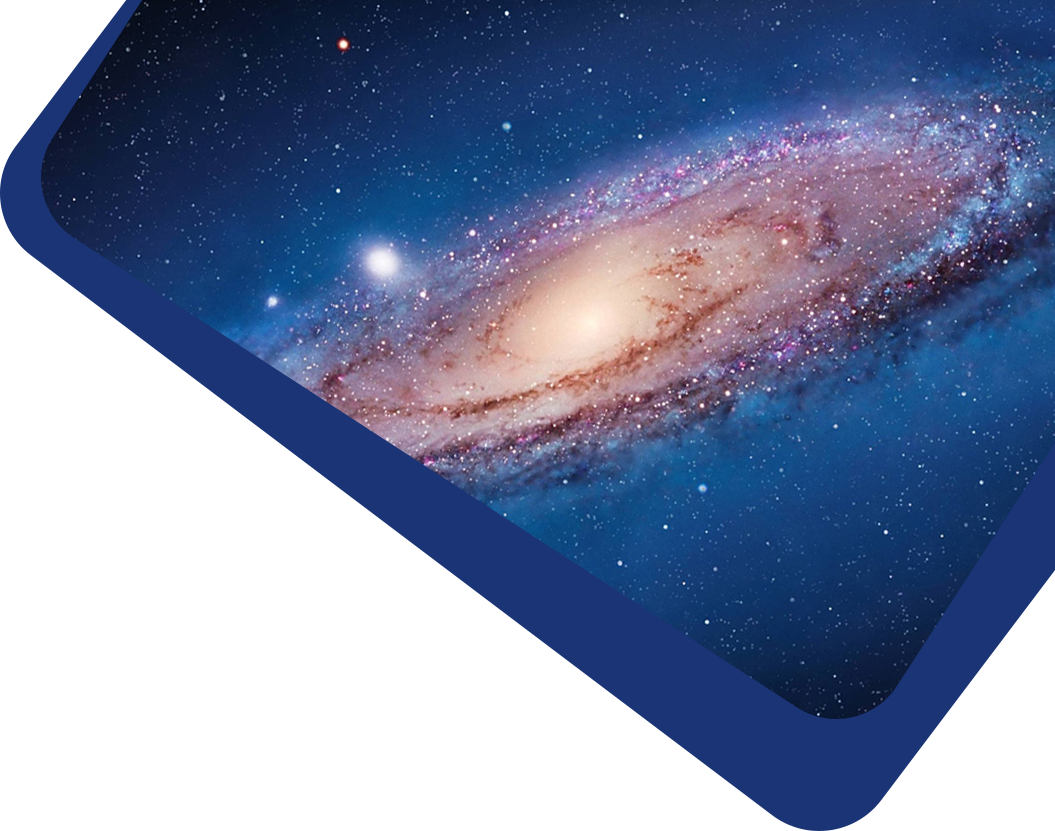During the total solar eclipse of 2013 November 3, a fiber-based spectrometer captured the flash spectrum within the wavelength range of 5162–5325 Å, with the field-of-view positioned approximately 0.04 R⊙ above the east limb, near the second-contact point. This placement near the innermost corona, together with the nearby Baily’s beads, enabled the detection of emission lines from the photosphere, lower chromosphere, and corona in the same spectral frame. The higher field-of-view made the coronal line Fe xiv 5303 Å more visible, while the reduced intensity of photospheric and lower chromospheric light, caused by terrestrial scattering, also influenced the observed spectrum. Meanwhile, we selected 18 flash emission lines to measure the ratio of the relative line height of the flash emission line to the relative line depth of the corresponding solar absorption line. This ratio serves as a diagnostic of the source function, minimizing opacity effects. Comparison of disk and flash spectra shows that this ratio increases for spectral lines at greater formation heights, being strongest for chromospheric lines (particularly Fe II), moderate for photospheric low-FIP lines, and weakest for photospheric neutral lines. This trend suggests a rising source function with formation height, potentially linked to increasing electron temperatures or influenced by factors observed in flash spectra near active regions as reported in earlier studies.



